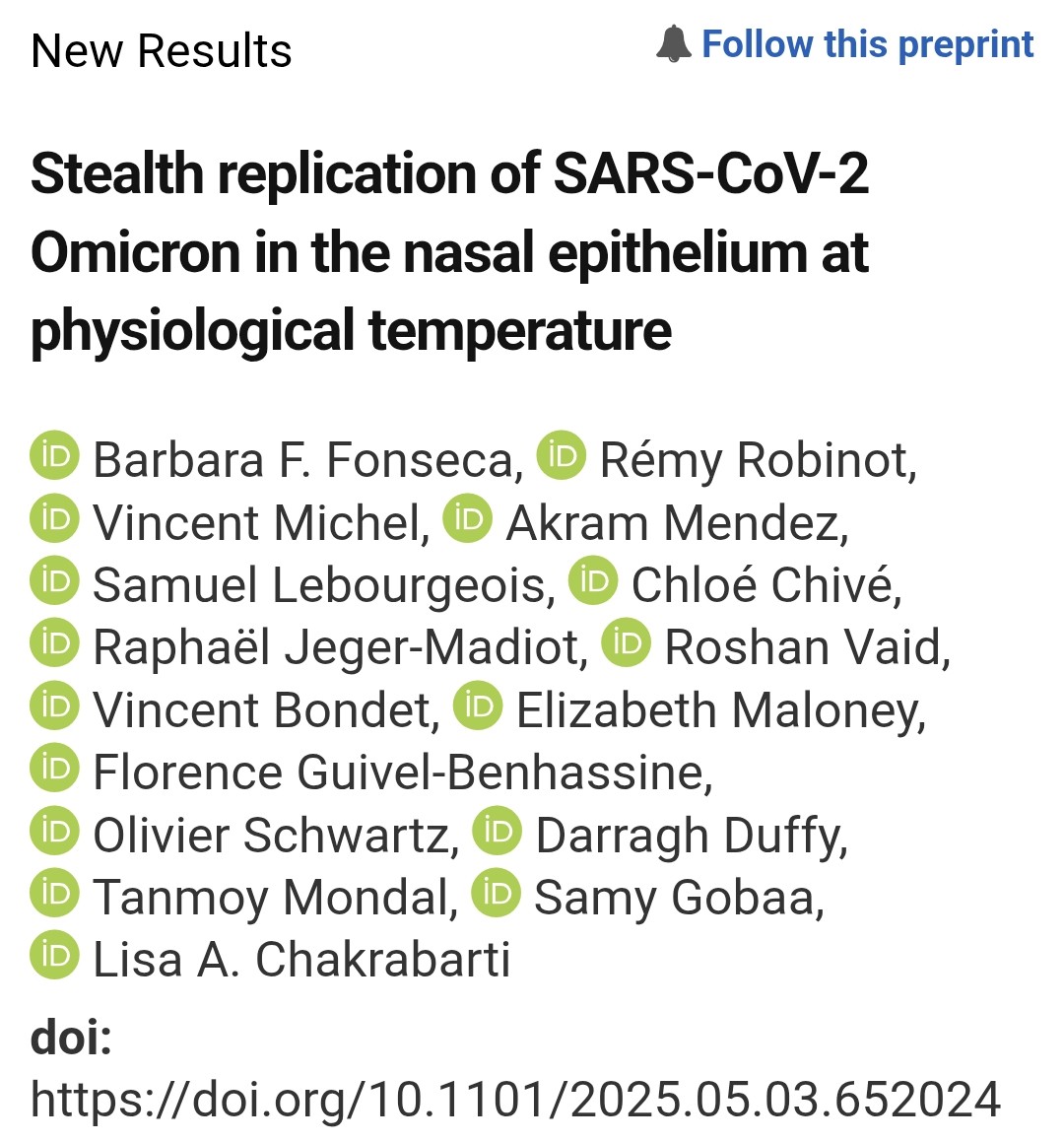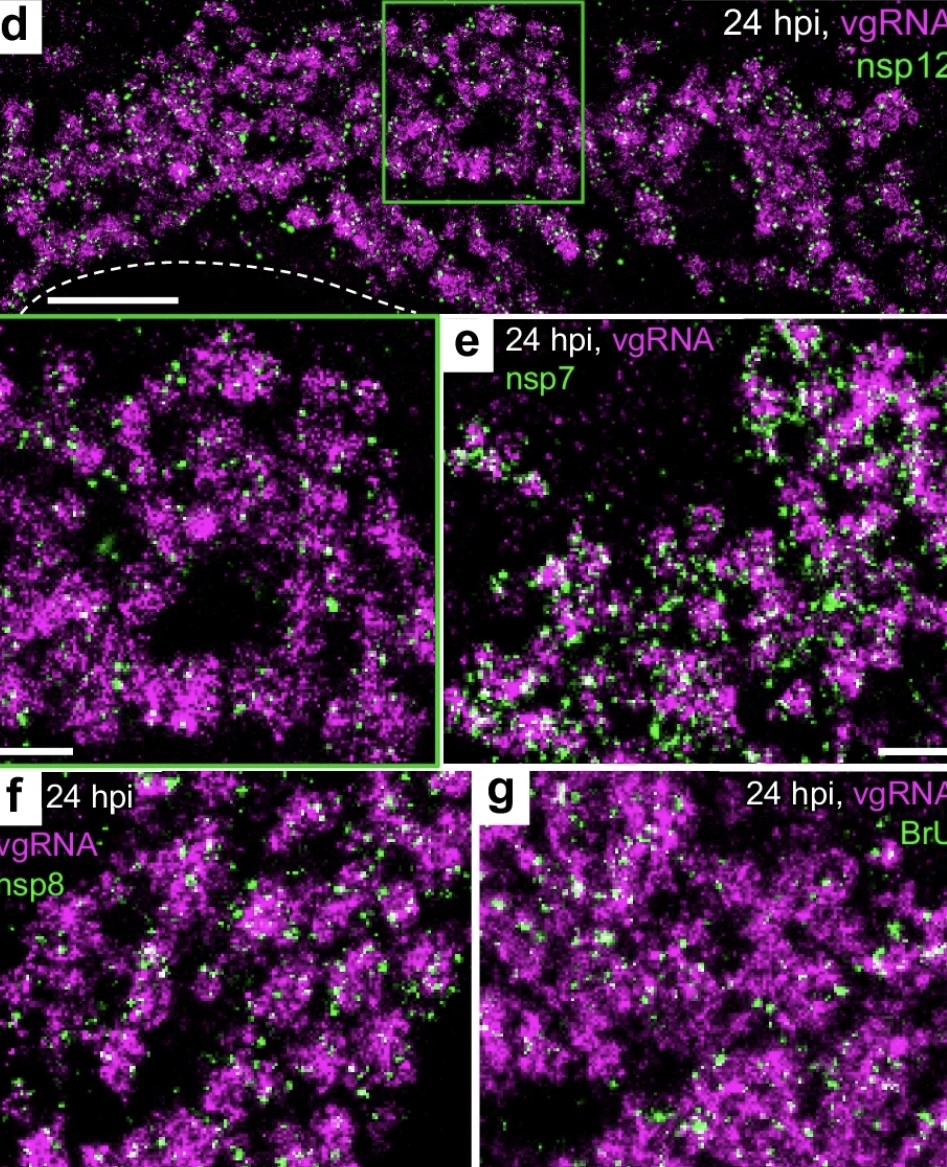2) In this brief report, researchers looked at 20 individuals who previously had COVID-19 but were never vaccinated. Bone marrow samples and plasma were collected to analyze antibody-producing cells. 

3) Two specific cell populations (subsets B and D) that secrete antibodies were analyzed using ELISPOT assays for SARS-CoV-2 spike protein and tetanus antigen.
Subset D is thought to represent long-lived plasma cells (LLPCs) responsible for durable antibody responses.
Subset D is thought to represent long-lived plasma cells (LLPCs) responsible for durable antibody responses.
4) Fewer spike-specific cells were found in subset D compared to tetanus-specific cells.
No spike-specific cells were detected in subset D for individuals with previous severe COVID-19 infection, while tetanus-specific cells were found.
No spike-specific cells were detected in subset D for individuals with previous severe COVID-19 infection, while tetanus-specific cells were found.

5) Plasma antibody levels against tetanus correlated with the percentage of tetanus-specific cells in subset D, but no correlations were found for spike antibodies.
A regression model explained variance in tetanus antibody levels based on subset B and D ...
A regression model explained variance in tetanus antibody levels based on subset B and D ...

6).. but not for spike antibodies, indicating a lack of LLPC contribution to spike antibodies. Model suggested competitive inhibition of LLPC expansion by short-lived B cells could explain the lack of spike-specific LLPCs, leading to more short-lived antibody protection for COVID
7) In summary, the study found deficient generation of spike-specific LLPCs in the bone marrow after COVID-19 infection, which may underlie the short-lived antibody responses compared to the long-lasting response induced by tetanus vaccination. 

• • •
Missing some Tweet in this thread? You can try to
force a refresh



















